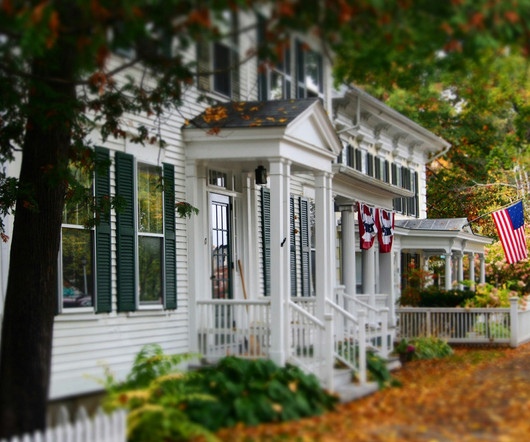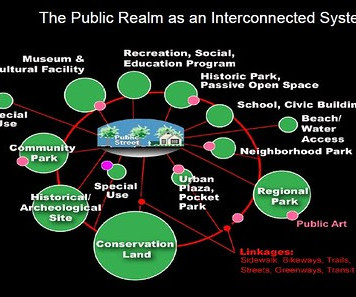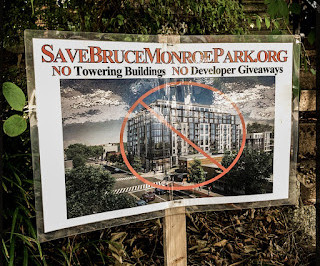The GSE Public-Private Hybrid Model Flunks Again: This Time It’s the Federal Home Loan Bank System (Part 2)
The Stoop (NYU Furman Center)
MARCH 11, 2024
The core thesis of this two-part article is that the congressional design of GSEs has a fundamental flaw: that subsidies and privileges given to a GSE will inevitably, over time, drift to being used unduly to produce stand-alone profit to benefit their owners and executives, and too little to support its intended mission. See [link]. [21]











Let's personalize your content